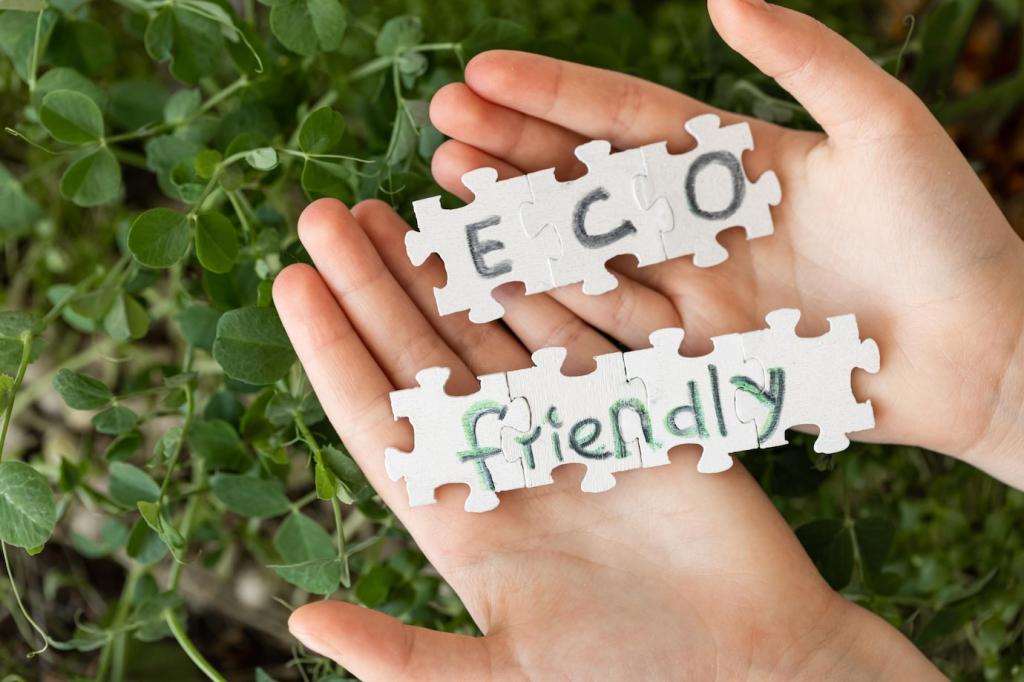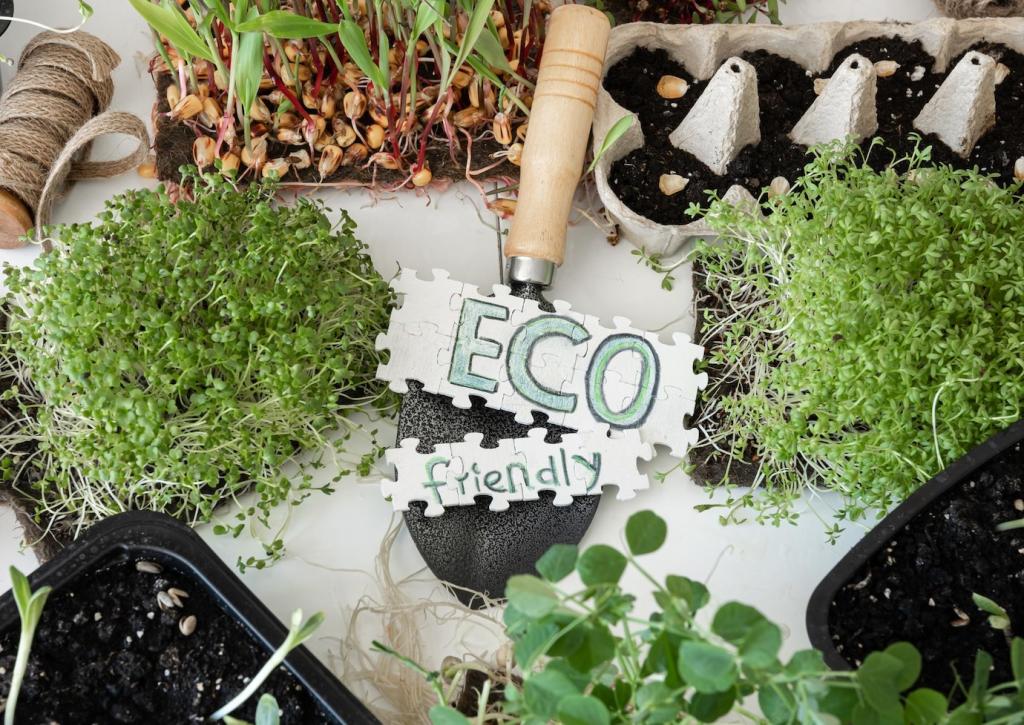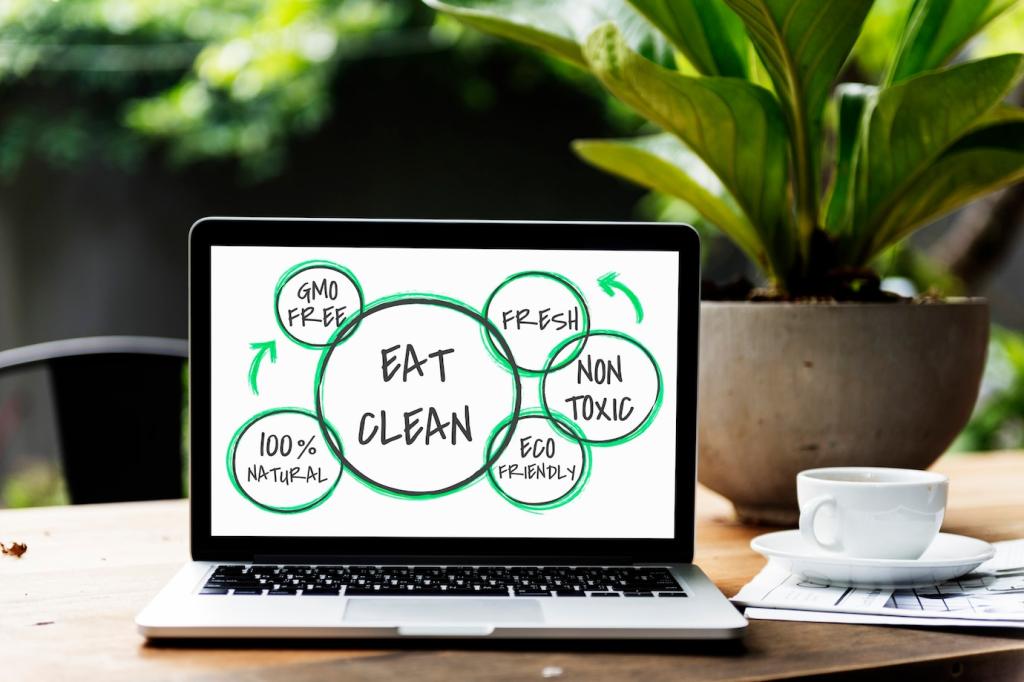Know Your Green Claims
Name respected third-party standards and make them tangible. Mention certification bodies and include certificate numbers where possible, such as GOTS, FSC, Fair Trade, USDA Organic, or Energy Star. Explain what each label guarantees, why it matters, and how it protects people and planet.
Know Your Green Claims
Replace vague phrases like eco friendly with measurable specifics. Clarify materials, percentages, and processes, then link to sources. Reference recognized guidance, such as the FTC Green Guides or your regional advertising code, to ensure your claims remain truthful, substantiated, and easily understood by everyday shoppers.







